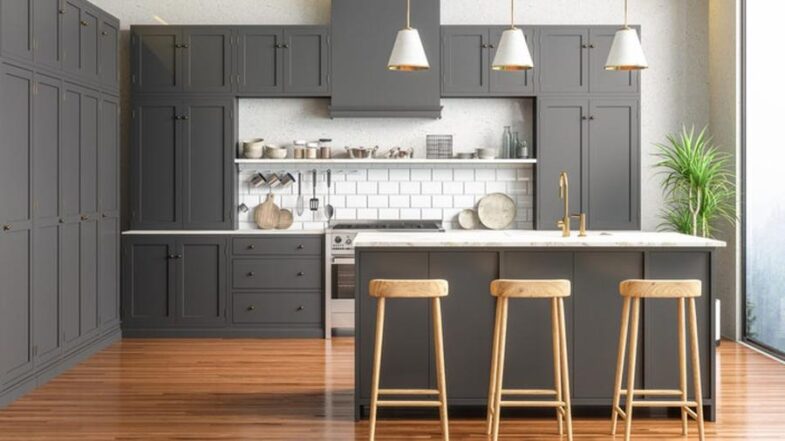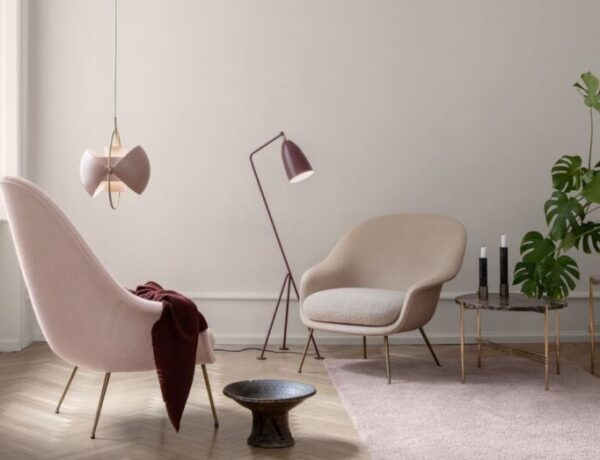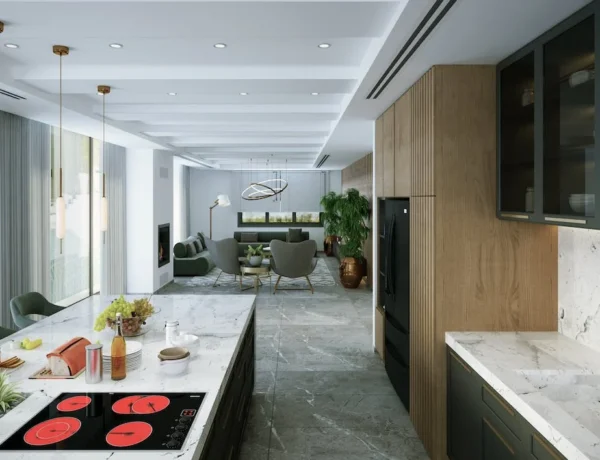Are you tired of the same old look in your kitchen? Create a fresh, new feel with cabinet painting! You can transform the look of your kitchen in no time with these easy tips and techniques. Get ready to take on a DIY project that will have you falling in love with your home all over again.
Preparing Your Cabinets for Painting
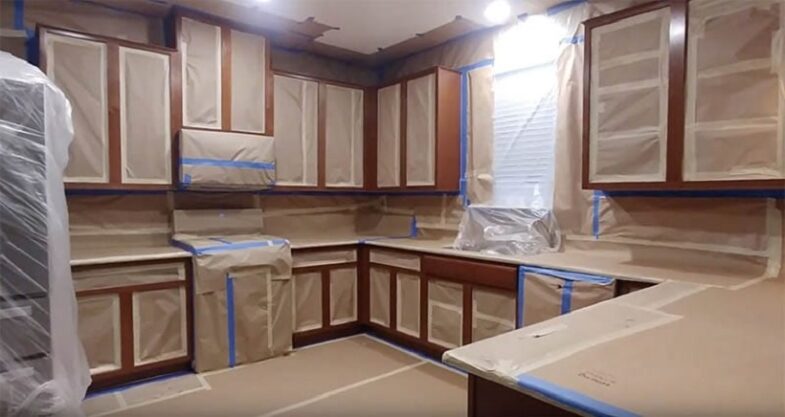
Source: icreatived.com
Before you begin painting your cabinets, it’s important to properly prepare them. This involves cleaning and sanding the cabinets so they are ready to accept primer and paint.
Begin by giving your cabinets a good scrubbing with a degreasing cleaner to remove any dirt or dust that may be present. Finish off your cleaning with a damp cloth to remove any residue.
Next, use a medium/fine grit sandpaper or a sanding sponge to lightly sand down the surfaces of the cabinets. This helps create a smooth surface for easy painting and helps ensure even coverage of paint once applied. Be sure to wipe away any excess dust after you’ve finished sanding before proceeding with painting.
Selecting the Right Paint and Primer
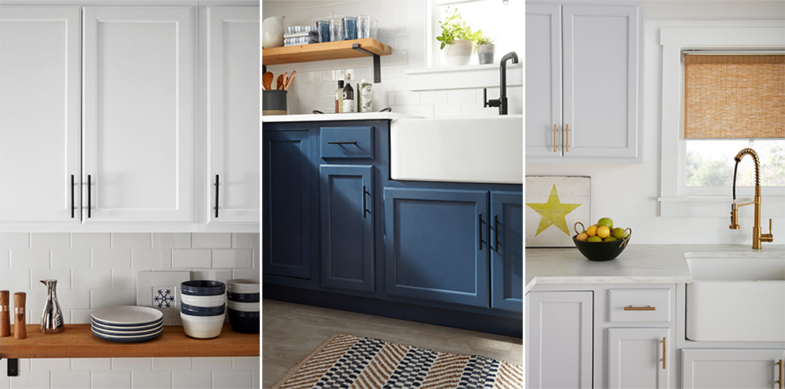
Source: kilz.com
Paint and primer are essential components of any painting project. When selecting a color for your cabinet painting, look for oil-based paints with a semi-gloss finish, as these will provide the smoothest and easiest wiping results. However, if you prefer an eggshell or satin finish for your kitchen cabinets, you can also find oil-based paints with those finishes.
Once you’ve found the perfect paint for your kitchen, it’s time to look for the right primer. Water-based primers dry faster than oil-based primers and require fewer coats to achieve a seamless finish; however, water-based primers tend to be less durable in the long run. On the other hand, oil-based primers — such as those used on exterior surfaces — provide greater staying power but they take longer to dry, which may slow down your project time frame.
Whichever type of primer you choose, make sure that it is designed specifically for kitchen cabinetry to ensure optimal results.
Applying Paint to Your Cabinets
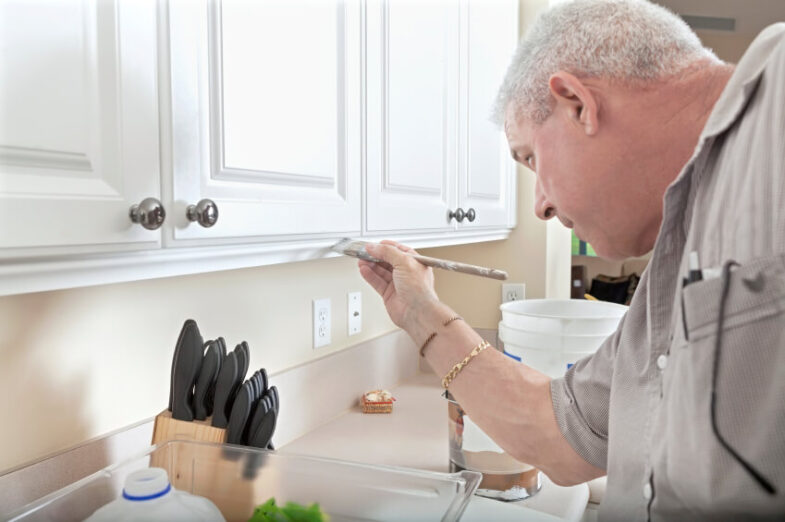
Source: modernize.com
Painting directly onto cabinets requires brush strokes that go nicely with the grain of the wood. If your cabinets are particleboard or other synthetic material, it may require you to use a roller instead of a brush for consistent coverage; take special care to keep your brushes or rollers clean throughout this process.
Whether you’re painting with a brush or roller, start in one corner and work your way across each section of your cabinets in an even, continuous pattern. Move quickly between sections to avoid lapping lines–try keeping two wet edges going at once by alternating directions on adjacent sections as you move around–and overlap each stroke slightly so they blend together more smoothly on corners and edges. Apply two coats of paint using this same technique; let the first coat dry before applying subsequent layers.
To avoid sticking or gumming up matting surfaces, it is recommended that you use light sanding after subsequent layers have been applied and cooled off before they are dry to the touch. Whether using sandpaper (220-grit abrasive paper is recommended) or steel wool (a light grade such as 0000 should suffice) keep it consistent with each stroke so all painted areas have been lightly buffed; take special care when dealing with sharp corners! When done properly all supplies should be cleaned off fanatically afterward for better lasting results!
Finishing Touches for Your Kitchen Transformation
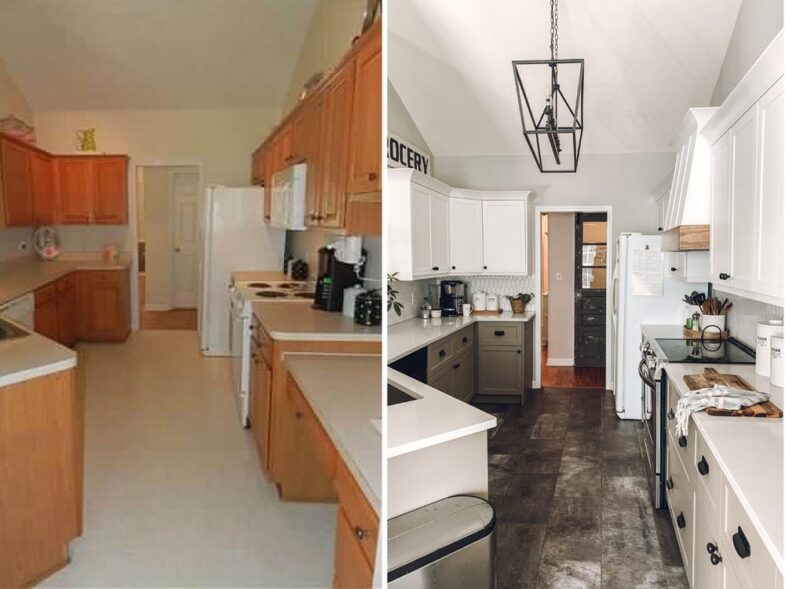
Source: insider.com
Now that the cabinets have been sanded and painted, take a few extra steps to ensure they look beautiful and professional. A few added touches in the finishing process can really help to bring out that perfect professional finish while protecting your newly painted doors and cabinet frames.
For an easy way to match pulls and knobs, paint metal pulls with metal paint designed for metal surfaces. This will also protect them against wear and tear over time. Cabinet hinges are often seen as an afterthought, but having a color-coordinated hinge can give your cabinets the polished look you want. Try spray painting hinges with a matching matte or gloss finish.
Finally, be sure to use sealants once your paint job is finished both inside and outside of each cabinet door or drawer slide to keep moisture from harming your freshly painted surfaces. This will protect against both water damage and wear from excessive use over time — giving you peace of mind about your new kitchen for years to come!
Creative Ideas for Painting
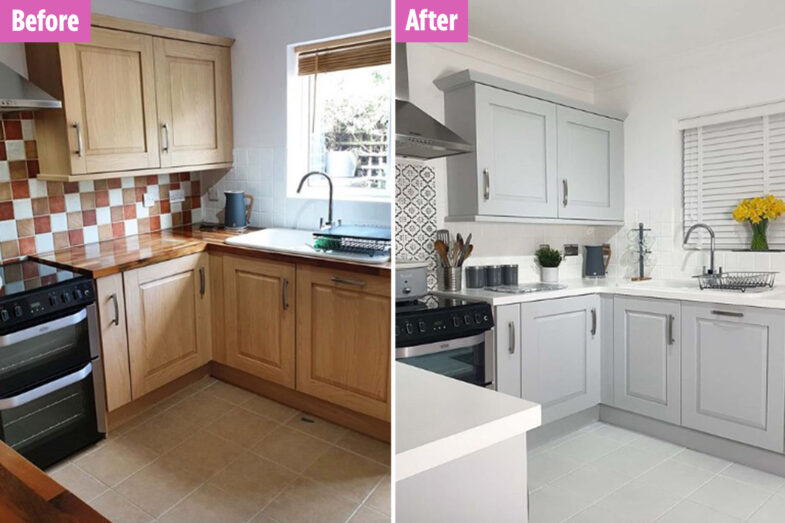
Source: thesun.co.uk
For creative paint designs, consider using a variety of different colors and finishes. A few techniques that are popular in cabinet painting include:
Painting the insides of the doors in an unexpected color or two. This can create an interesting contrast when closed, or add more visual interest when opened.
Adding decorative paints to draw attention to specific elements like door pulls, molding, panel edges, etc.
Creating interesting textures with brush strokes on cabinet frames or doors for added dimension.
Highlighting the grain of the wood with glazing in darker or lighter shades than the base coat color for a unique finish that still highlights natural grain patterns.
Using bold accent colors to distinguish island cabinets from wall cabinets while still keeping all of them in the same tonal family a great trick if you want to switch up design without straying too far from the original aesthetic of your room.
Conclusion
At the end of the day, painting your kitchen cabinets is a rewarding and relatively easy DIY project. With some attention to detail and patient preparation, you can give your kitchen a much-needed facelift. When you’re done, you’ll have kitchen cabinetry that looks as good as new all while saving time, money, and energy by repurposing the cabinets you already have. To get the best results, consider seeking help from a professional painter or refinisher if your cabinets require extensive repairs before painting.
At the end of the day, don’t forget to enjoy the transformation with pride!

